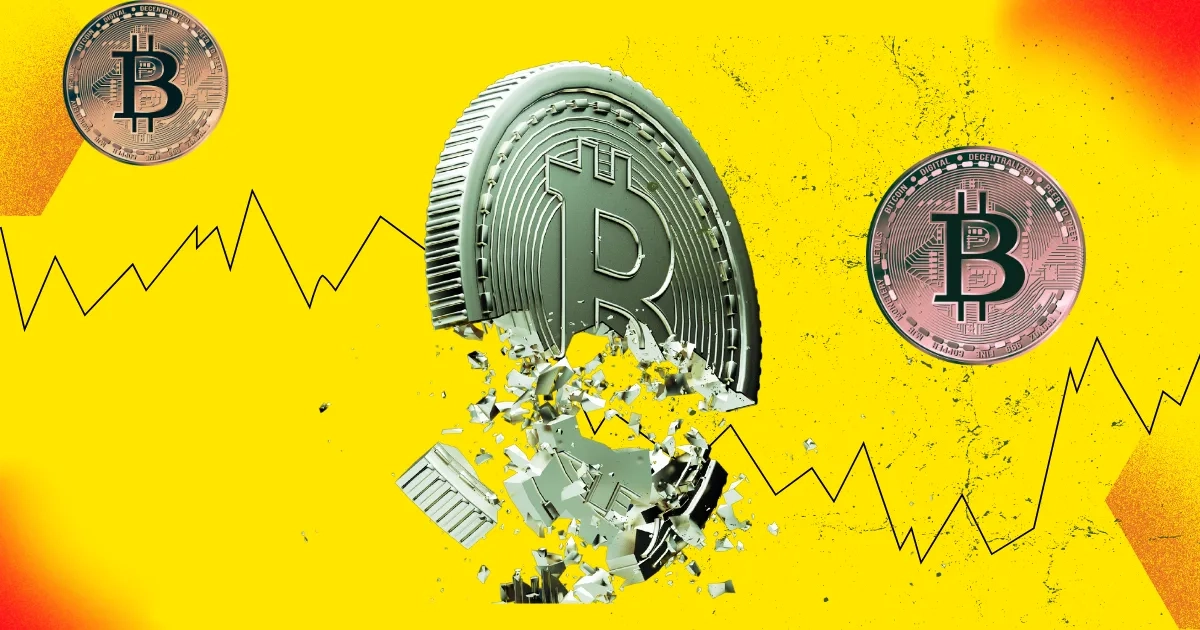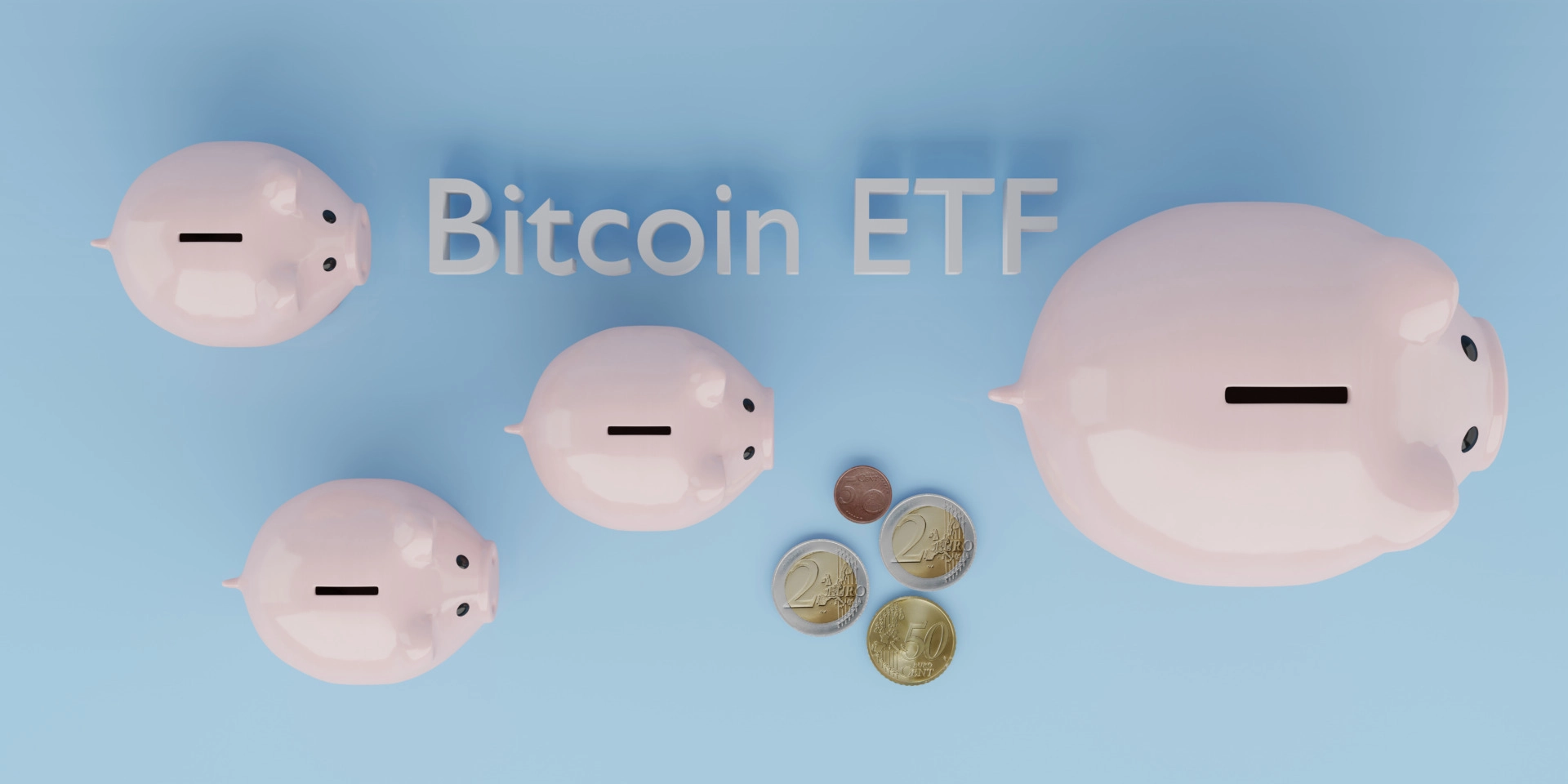The Year Ahead
Here’s your comprehensive road map for tracking the footprint of retail investors across bitcoin’s $2 trillion market cap
Last Updated: Dec. 24, 2024 at 5:04 a.m. ET
First Published: Dec. 23, 2024 at 11:51 a.m. ET
Referenced Symbols
Bitcoin and other cryptocurrencies are unlike many other financial assets: Instead of being conceived of and distributed by financial institutions or, like stocks and bonds, issued by companies and government organizations, bitcoin has an anonymous founder. It owes its early adoption to individuals who were looking to make transactions outside of the traditional financial system.
In the beginning, bitcoin was driven almost entirely by individual investors. But with each successive rally, that has changed.
Crypto rallied after Donald Trump won the Nov. 5 presidential election, in part because Trump has positioned himself as a crypto-friendly politician. Crypto investors also hope that the incoming administration will ease up on regulatory scrutiny, a sentiment that helped send the price of bitcoin to over $100,000 for the first time.
But beyond tailwinds pushing the price of bitcoin to all-time highs, this rally has been different from previous ones, particularly in the way retail investors are getting exposure to crypto. As a result, it’s become harder to determine exactly how much bitcoin retail investors hold.
MarketWatch did some digging to figure out how much bitcoin is owned by retail investors. While that may sound straightforward, as the nature of bitcoin has changed, so has the way retail investors gain exposure.
Buying bitcoin directly
Bitcoin transactions get recorded on the asset’s public blockchain. This is how people who use bitcoin know what coins belong to which wallets. This has also provided some transparency into the bitcoin landscape.
On-chain analytics firms like CryptoQuant have been able to see things like the percentage of bitcoin that’s held by large crypto investors (who own more than one bitcoin) versus smaller retail investors (who own less than one bitcoin).
Retail investors hold about 9.5% of total bitcoin, while large investors hold the other 90.5%, Julio Moreno, CryptoQuant head of research, told MarketWatch. “Retail holdings were 6.8% at the start of 2020 and increased to a record high of 9.85% in December 2023,” Moreno said.
Another way to figure out the breakdown of who owns bitcoin is to look at data from the crypto exchanges.
Quarterly reports from crypto exchange Coinbase provided data on transaction volume on its platform and broke down whether this volume came from institutions or consumers (retail). Although retail investor volume grew in 2024 compared with 2023, so did institutional volume — and at much higher levels.
As seen in the chart above, crypto volume started to grow in the fourth quarter of 2023 and in early 2024. According to CryptoQuant’s data, December 2023 is when individual ownership of bitcoin peaked, at near 10%.
This time frame coincided with a big change in the crypto industry — the arrival of bitcoin exchange-traded funds.
Owning bitcoin through an ETF
The U.S. Securities and Exchange Commission gave approval for spot bitcoin ETFs to trade in January 2023. A couple of months later, bitcoin ETF options started trading as well.
“Investors can actually use multiple types of products to invest. For example, on Robinhood
you can use brokerage accounts to buy [bitcoin] ETFs,” Johann Kerbrat, Robinhood’s head of crypto, told MarketWatch. “Now you have a much broader set of customers that can access these products.”
Kerbrat noted that retail investors no longer need to set up a crypto wallet to buy bitcoin directly. Instead, they can use certain brokerage or retirement accounts that allow investors to gain crypto exposure through ETFs.
In fact, the number of new bitcoin wallets being registered fell in 2024. Although it ticked up slightly after the postelection crypto rally, the growth hasn’t been as dramatic as in past rallies.
Data shows that many investors opted to invest in bitcoin ETFs in order to take advantage of the crypto rally. According to Bank of America, a record $6 billion flowed into crypto funds in the week following the Nov. 5 presidential election.
“I suspect the growth of spot bitcoin ETFs stemmed from two main factors: broad bitcoin adoption and a superior product,” Bryan Armour, Morningstar’s director of passive strategies research, North America, wrote in an email. “The ETFs allowed new investors to buy bitcoin for the first time, including those unable to set up a wallet and buy bitcoin on a cryptocurrency exchange. The ETFs also benefit from cheaper trading, low fees, and best-in-class bitcoin storage practices. Those features likely pulled money away from crypto wallets and into ETFs.”
Armour told MarketWatch that retail investors may prefer to own bitcoin through an ETF because it allows them to work with a financial institution they trust, such as their brokerages and the firms offering the ETFs. While younger, more tech-savvy investors may be comfortable setting up a crypto wallet, not everyone is. Investors may be nervous about losing the keys to their wallet or still skeptical of crypto companies following the collapse of FTX in 2022, Armour said.
The shift away from crypto wallets and into ETFs may help explain why on-chain retail investor volume has been somewhat lower since the industry launch of these crypto ETFs earlier this year.
By buying into a bitcoin ETF, retail investors opt to go through an institution to gain bitcoin exposure. That makes it harder to track how much bitcoin is owned by retail investors versus institutions — adding a level of complexity that wasn’t there before 2024.
ETF providers don’t have to publicly disclose who owns their bitcoin ETFs, so it’s not entirely clear how much is held by retail investors.
“It takes away from the visibility aspect,” Garrett DeSimone, head of quantitative research at OptionsMetrics, told MarketWatch. “Because you no longer need to transact on ledger to get exposure to bitcoin or other crypto.”
Vanda Research, a research firm that measures how retail investors interact with the market, was able to measure some retail flows into bitcoin and other cryptocurrency ETFs. According to its data, self-directed retail investors net bought around $1 billion worth of crypto ETFs over the past month. That accounted for about 11% to 12% of the total inflows into crypto ETFs.
Vanda also used its data to estimate the percentage of bitcoin ETF shares owned by retail investors, but it wasn’t necessarily a straightforward calculation. According to Vanda, about 24.8% of the VanEck Bitcoin Trust
is owned by retail investors with self-directed brokerage accounts, while 16.5% of Fidelity’s Wise Origin Bitcoin Fund
is owned by self-directed brokerage accounts. While this provided some clarity, retail investors may also have exposure to bitcoin ETFs through investment advisers or managed brokerage accounts. On top of that, different ETFs may have different ownership percentages.
Bitcoin exposure — but not necessarily ownership
In addition to bitcoin ETFs, retail investors have been able to trade financial derivatives with exposure to crypto such as bitcoin futures and bitcoin ETF options.
By trading these products, retail investors are, in a sense, adding bitcoin to their portfolios, but it’s not the same as ownership or going long on crypto.
Because of the popularity of options among retail investors, many of them also trade bitcoin ETF options.
“I’m not going to say a match made in heaven. It’s a match made in somewhere,” Jannick Malling, the co-founder and co-chief executive of online brokerage Public, told MarketWatch. “It’s an instrument meets an asset class that both have had phenomenal traction with retail.”
Malling added that options not only allow retail traders to make leveraged bets on the direction that crypto is moving, they allow traders to use certain trading strategies with crypto. For example, they could sell covered calls or profit off bitcoin’s volatility.
Many retail investors may also choose to buy shares of bitcoin-exposed companies instead of buying bitcoin directly. These companies include exchanges like Coinbase Global Inc.
or crypto-mining companies like MARA Holdings Inc.
— and especially leveraged bitcoin company MicroStrategy Inc.
.
While this type of exposure may not count as “owning” bitcoin, it was still worth looking into. These sorts of bitcoin plays may pull retail investors away from buying bitcoin directly, in the same way bitcoin ETFs do. And as with the ETFs, retail investors opt to go through institutions for bitcoin exposure.
What does this mean for the future of bitcoin as an asset?
It may be hard to trace retail investor ownership of bitcoin, but that problem isn’t unique to bitcoin.
“You never really know what the true exposure in any asset class is. At best we all guesstimate to the best of our abilities,” Marco Iachini, Vanda’s senior vice president of research, told MarketWatch in an email.
Bitcoin started as an asset owned primarily by individuals, but that has changed.
The rise of bitcoin ETFs and financial derivatives is a sign that the once-niche asset is being adopted by the larger financial industry. That may be antithetical to what bitcoin was originally created for, but many crypto backers were waiting for bitcoin to become more integrated into the financial system in order to prove the use case of the technology.
“The more bitcoin grows up as an asset, the more it starts to actually get integrated into traditional finance,” Malling told MarketWatch.
What will happen when bitcoin becomes fully integrated into traditional finance? Malling said it’s hard to know for sure, but he imagines a future where bitcoin can more reliably act like “digital gold,” or a store of value, rather than a speculative investment.
Read: Gold or bitcoin? Here’s the case for adding both to your portfolio in 2025. However, bitcoin’s volatility might not disappear in the immediate future, DeSimone said. “Having an ETF wrapper doesn’t necessarily protect it from blowing up. We saw this with short volatility trades,” he said. “Ultimately it comes down to the final use case for bitcoin.” Retail investors can still buy or sell bitcoin ETFs pretty easily, so the ETFs aren’t entirely immune from panic selling or “fear of missing out” buying. But Armour pointed out that state pension funds have invested in bitcoin through ETFs, which shows that large institutions are using the ETFs as part of a long-term investing strategy. “Assets tend to be sticky. So the more it builds itself into the financial system, the harder it will be to remove it,” Armour told MarketWatch. “So I think the fact that it has so many people’s attention, it’s more likely to stick around.” Crypto is known for its volatility, and that may not go away soon. However, we may see bitcoin start to perform more like other financial assets. With bitcoin ETFs being traded on stock exchanges and bitcoin derivatives like futures and options being offered, bitcoin could end up being more susceptible to the same market forces that affect equities. That may be a departure from what bitcoin once was, but it could also represent a new chapter for the asset.





